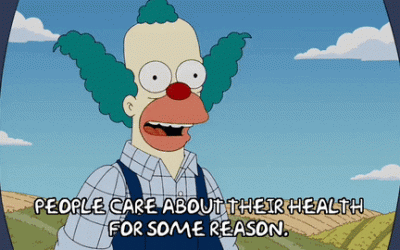Ahead of the presidential election, economists and lawmakers are hoping their crystal balls spreadsheets will help them figure out how the candidates’ trade policies might help or hinder agriculture.
There’s plenty of concern about how proposed policies will roll downhill to ag. Trade policies have had a big impact on ag, even recently. From 2018-19, tariffs cost producers around $27B in lost exports. This—all while farm income is dropping due to high interest rates and falling commodity prices.
Candidates can agree: Both the Biden and Trump administrations have enacted tariffs against China. Both presidential candidates have given a thumbs up for more protectionist policies.
But China’s a big ag customer: in the last decade, around 17% of total U.S. ag exports have gone there.
Bad news, and more bad news: The University of Illinois Department of Agricultural and Consumer Economics compared three proposed policies to increase import tariffs on goods from other countries. Their worst-case scenario projection showed U.S. soybean exports dropping by $15.8B, corn exports by $4.4B, and beef by $2.3B.
North Dakota State University (NDSU) researchers looked at former President Trump’s tariff proposals specifically. Their worst-case scenario had soybean exports sliding by more than $15B—a whopping 67%%.
The researchers found no scenario in which ag gets a boost from tariffs.
Soundbite: “… in any trade conflict, agriculture is always on the losing side of things.” — Sandro Steinbach, NDSU director for ag policy and trade studies.




